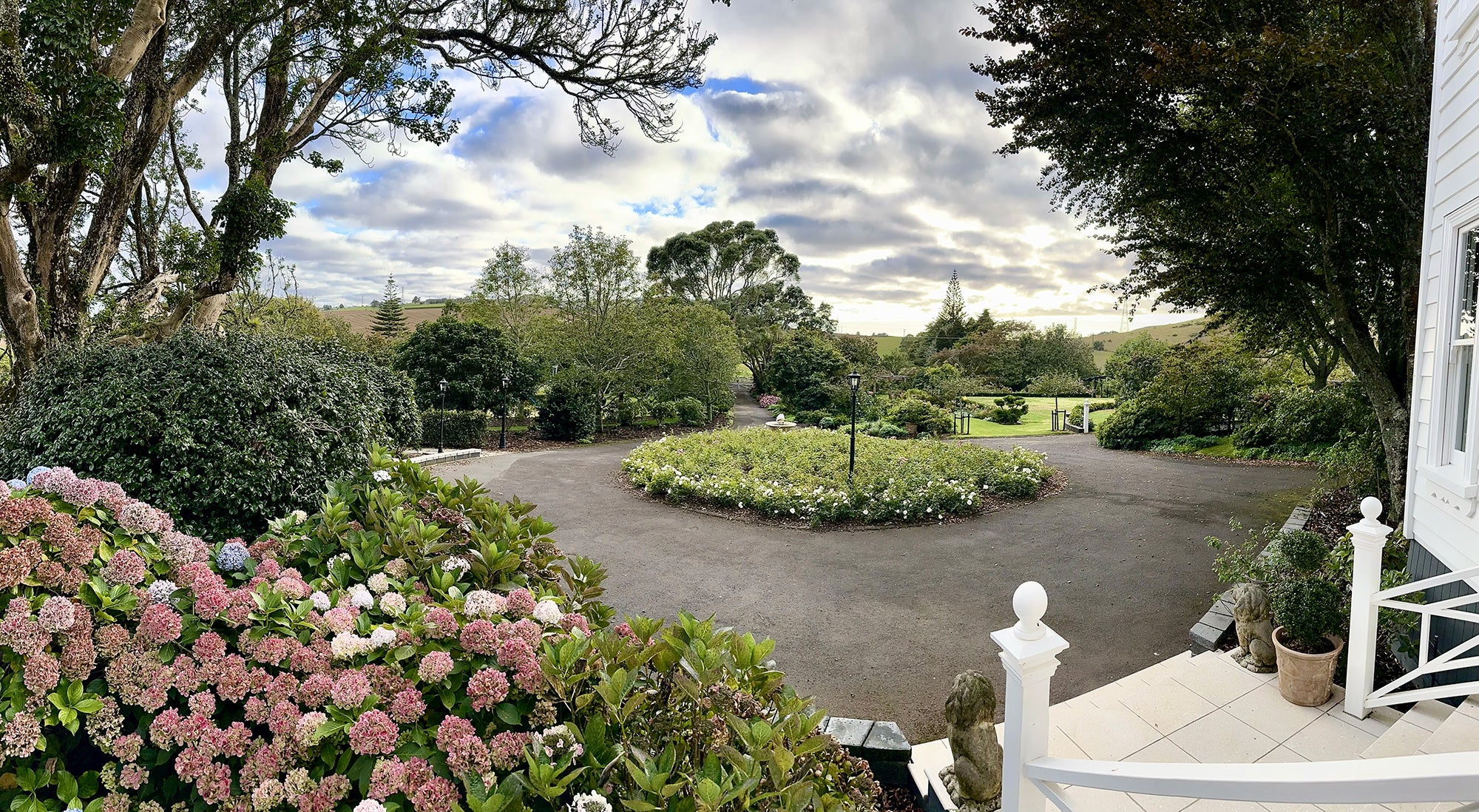Yesterday's Flowers for
Today's Gardens
Today's Gardens
Addenbrooke Garden is open all year round for Garden Tours by appointment. Guests can also select to enjoy Devonshire tea in our beautiful grounds.
BOTANICALLY INSPIRED GIFTS & GARDENWARES
An excellent perennial for cottage or perennial gardens, as a soft, pretty filler in full sun. Cut back by 1/3 when finished flowering to produce more bud growth.


Garden Tips & Inspiration

"The love of gardening is a seed once sown that never dies"
Gertrude Jekyll 1843-1932

















